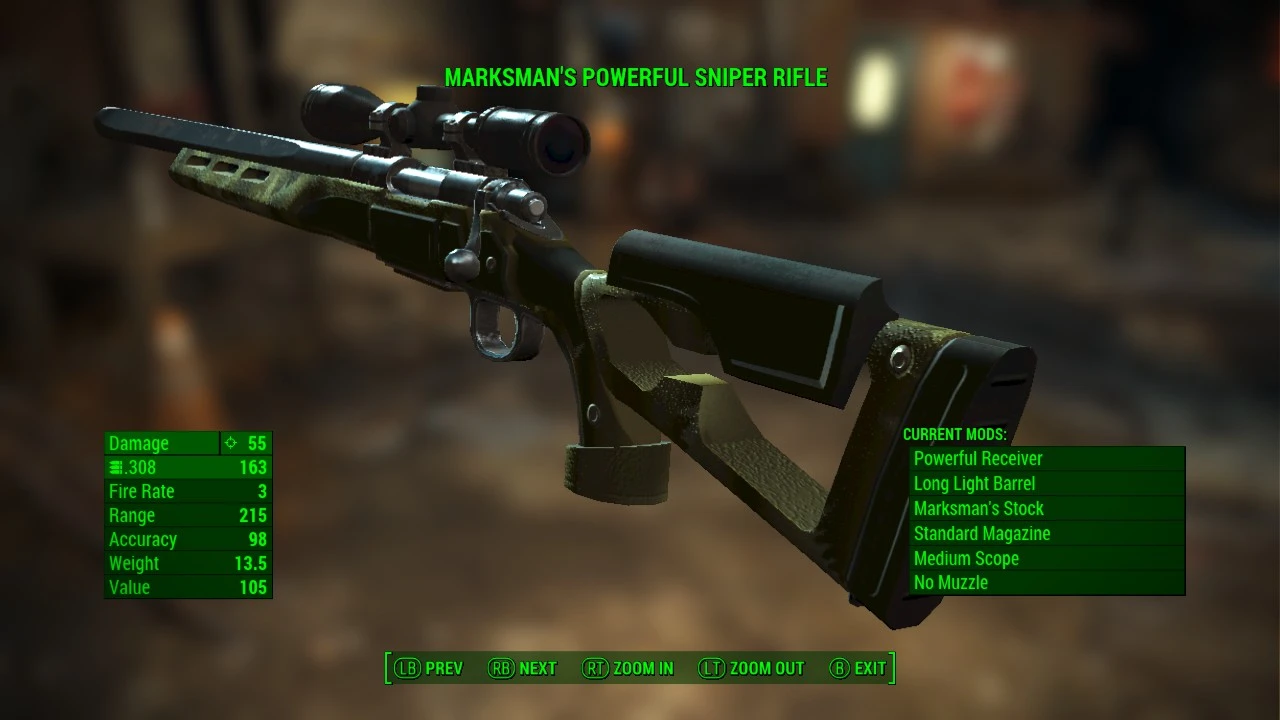

45 ACP cartridge that was favoured by de Lisle, was much more successful. Combined Operations officials were impressed with the weapon and requested De Lisle produce a 9mm version. This was chosen to discover if people in the street below heard it firing – they did not.

In 1943, he approached Major Sir Malcolm Campbell of Combined Operations with his prototype this was informally tested by firing the weapon into the River Thames from the roof of the New Adelphi building in London.

22 calibre this he tested by shooting rabbits and other small game for the table, near his home on the Berkshire Downs. The weapon was designed as a private venture by William Godfray de Lisle (known as Godfray), an engineer who worked for the Air Ministry. įew were manufactured as their use was limited to specialist military units. That, combined with its use of subsonic ammunition, made it extremely quiet in action, possibly one of the quietest firearms ever made. The De Lisle carbine or De Lisle Commando carbine was a British firearm used during World War II that was designed with an integrated suppressor. Sterling models: Lanchester Mk I rear sight (later changed to Lanchester Mk I*), windage adjustable front sight.Īirborne model: Lanchester Mk I rear sight, windage adjustable front sight Bottom, with folding stock from a Patchett submachine gunįolding stock Parachute Carbine, only one example producedįord Dagenham: Winchester rifle sight at rear, simple ramp with modified P-14 front sight protector at front.


 0 kommentar(er)
0 kommentar(er)
